Lower Saxony
This road trip takes us to Lower Saxony, a state in the north-west of Germany. In terms of surface area, it is the second largest state in the country, with the green metropolis of Hanover as its capital. Lower Saxony is a region of beautiful, wide-open nature. Apart from many rivers and lakes, we also encounter many (ancient) forests on our route. Although Lower Saxony has a mostly flat landscape, in the east, we briefly encounter a part of the Harz Mountains. Lower Saxony is an excellent region for nice hiking and biking tours. Besides nature, we also explore impressive palaces and castles and visit numerous authentic cities. With this road trip, you can be sure of a versatile car, motorbike or campervan holiday close to home.
We start our tour in Lingen and travel on to Bremen and Lüneburg. From there, we drive south to charming Celle with its old half-timbered houses and then we travel via Goslar to Hannover and Hamelin.
Total distance of the route: 808 km
Lingen
We start our tour through Lower Saxony in Lingen, the largest town in the Emsland region. Lingen is known as a bicycle-friendly, horse-friendly and family-friendly city and you notice this immediately. With more than 220 km of signposted hiking and cycling routes, this is the ideal city to start our immersion into the Lower Saxon countryside. Lingen's golden age dates back to the 17th century. Did you know that Lingen was then part of the Netherlands? Between 1597 and 1648 the city was owned by the House of Orange. Lingen owes its historic Town Hall, university buildings, stately mansions and the Dankelman-Oranje Palace to the Dutch. The most beautiful house in all of Emsland is the Hellmann House (1641). It is the second oldest building in Lingen. In the idyllic rolling landscape of Naturpark Hümmling, you will be surprised by the mythical appearance of the numerous dolmens next to ancient gnarled oaks.
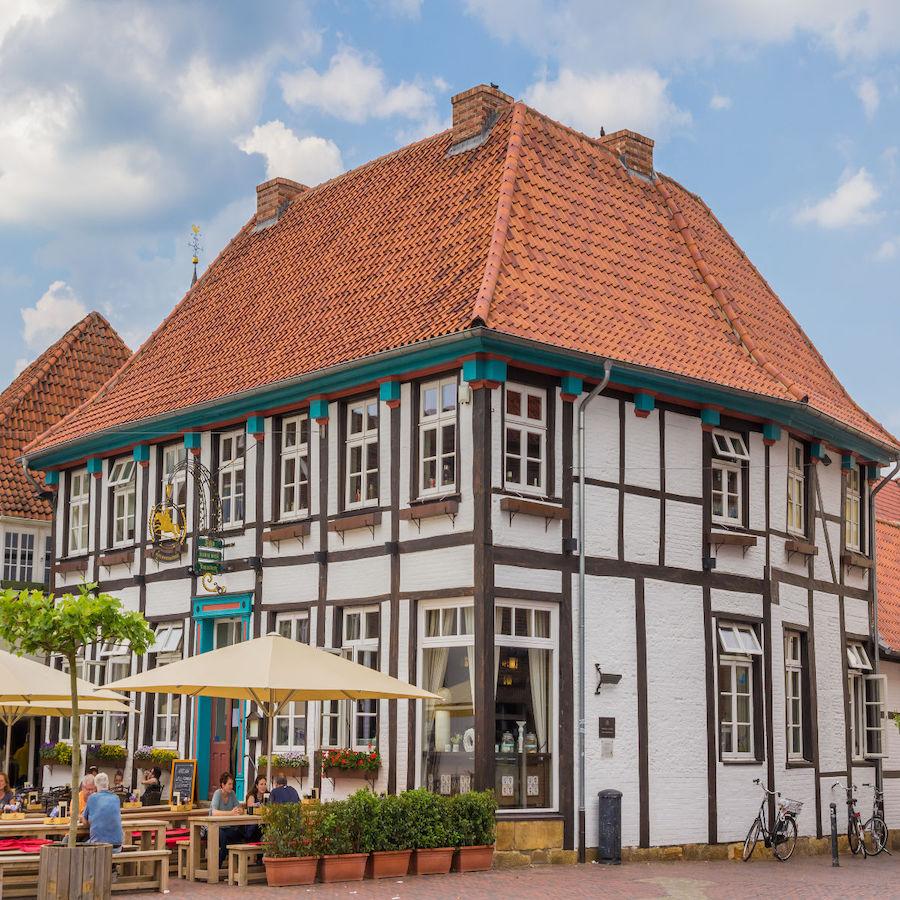
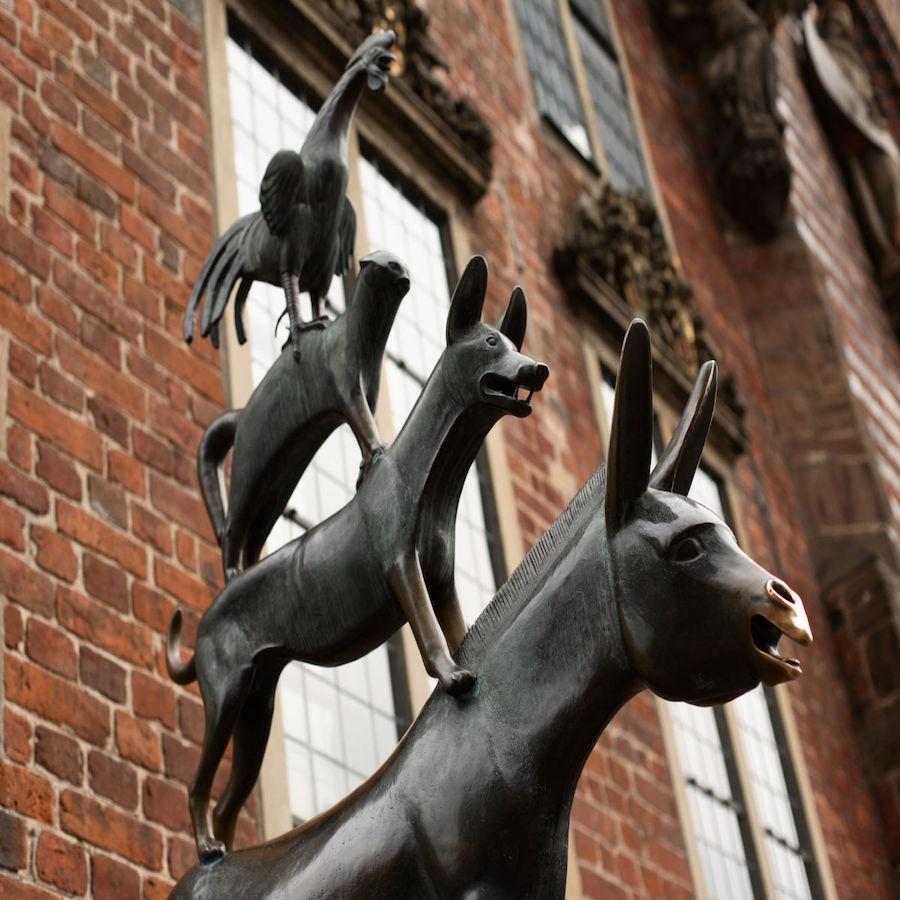
Bremen
We set sail for Bremen, the city you might know from the story of the Bremen Town Musicians. About 200 years ago, the donkey, the dog, the cat and the rooster set off on an adventure. Their destination: the big city on the Weser where they wanted to make music. Together with Bremerhaven, Bremen is the smallest state in Germany, but it more than makes up for that with charm. In Bremen, traditional and modern go well together. Everything is also close to each other there. History, culture and lifestyle are often just a short walk away from each other. The heart of the city is the historic Marktplatz. Opposite the St. Petri Cathedral stands the stone Roland. This statue is the symbol of Bremen's independence. Not far away is the statue of the Town Musicians. A walk along the banks of the Weser and a visit to the Schnoor - the medieval city centre - are not to be missed.
Lüneburg
Lüneburg is the easternmost point of our journey. This medieval, more than 1050-year-old Hanseatic city is located between Hamburg and Hanover and is a very fascinating and lively city. Cultural sights and historical architecture in the style of the brick gothic are in contrast to the young city life. Lüneburg, for example, has the highest density of pubs in Europe! So finding a cosy pub should not be a problem. Besides being a historic Hanseatic city, Lüneburg is also a university town with modern shops, authentic cafés and restaurants. Tips for a visit: Don't miss the town hall, the old harbour and the St. Nicolai Church. A bike ride along the Elbe is also a must. Between Lüneburg and Soltau lies the Lüneburger Heide, an impressive heath landscape that attracts many amateur photographers and nature lovers every year. You can expect spectacular landscapes and endless expanses. Europe's largest continuous heathland is completely surrounded by dense forests, lush green meadows and flat sandy paths. It doesn't matter what season you take this road trip, the Lüneburg Heath is a wonderful place any day of the year.
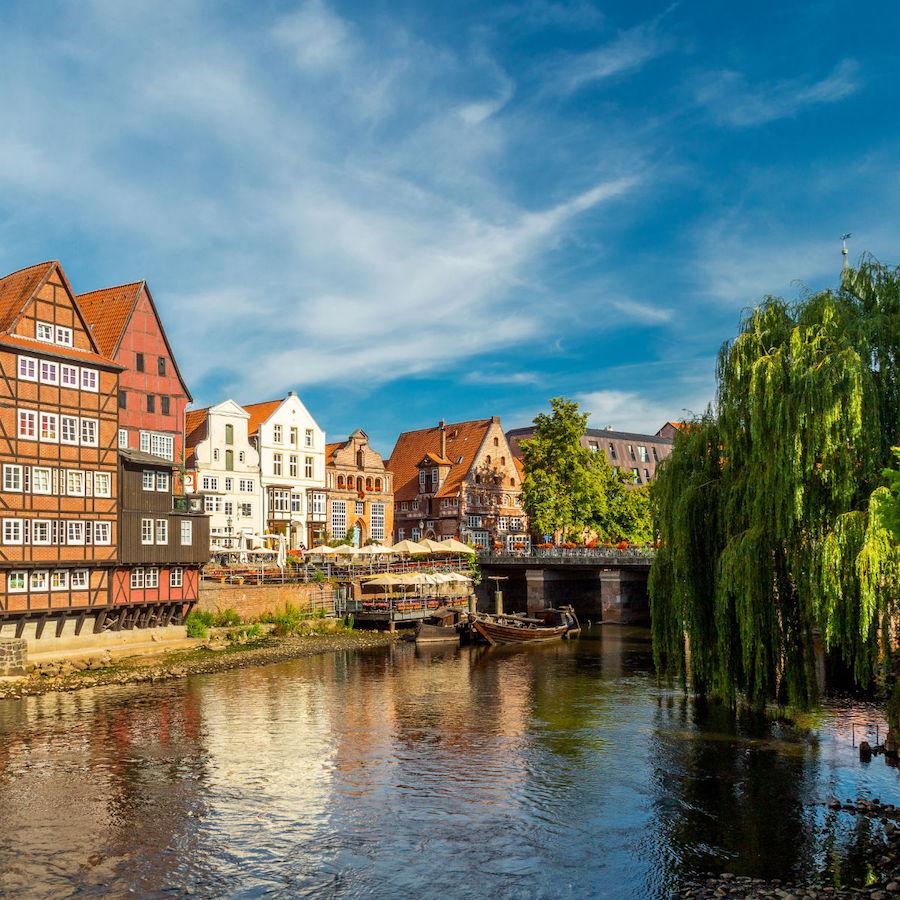

Celle
Above Celle lies Bergen-Belsen, a former prisoner of war and concentration camp from World War II. It is best known because Anne Frank died here of typhoid fever in 1945. Little is left of the concentration camp, but the remnants have enough effect; the horrors that took place here still hang threateningly in the air. This charming city effortlessly manages to bridge the gap between tradition and modernity. It is easy to get bored here. First and foremost, there are no less than 500 restored half-timbered houses that attract some 2 million visitors to the city every year. Celle started out as a small fishing village, but in the 14th century, construction of Celle Castle began. In the castle, you can admire the architecture with Baroque and Renaissance elements. A walk through the landscape garden of the palace is also recommended. By the way, did you know that the castle houses the oldest theatre in Germany? Duke Georg Wilhelm had it built for his wife in the 17th century. The theatre is still in use today. In the chapel from 1480, there are 24 colourful paintings by Maarten de Vos that give the chapel a Flemish touch.
In the Italienischer Garten, you will find the so-called colourful Bauhaus buildings. The cube houses were designed by Otto Haesler and built in 1923.
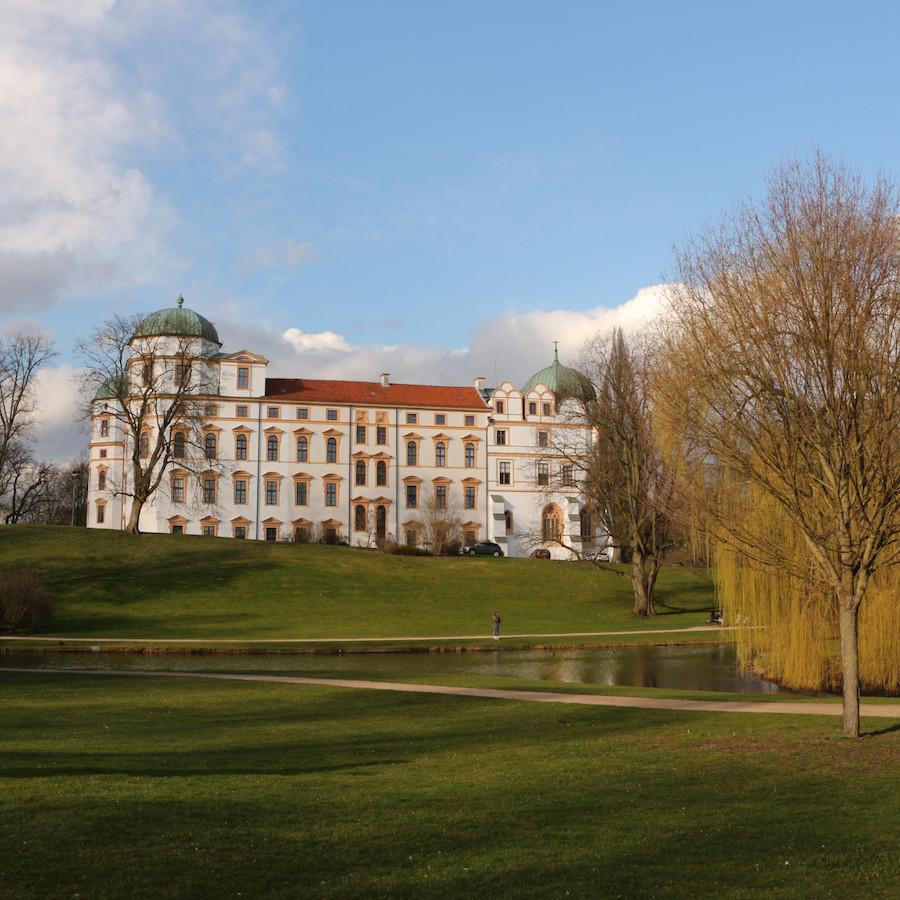
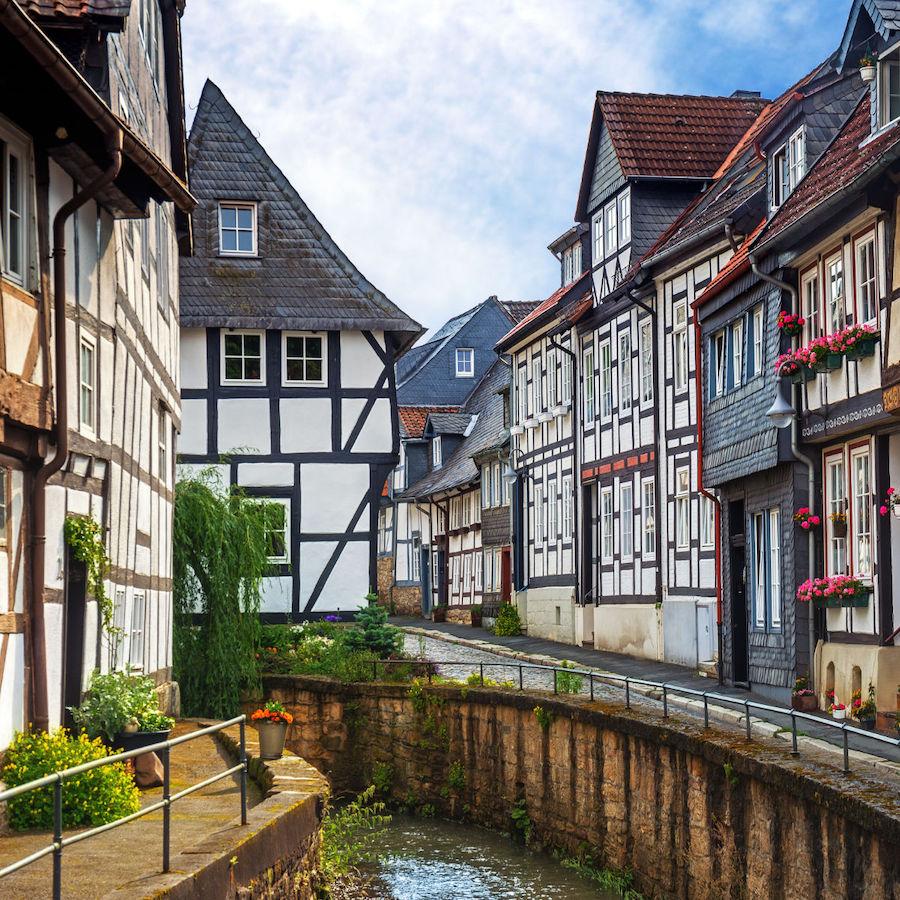
Cannes
Before continuing to Goslar, you might like to stop off in Autostadt Wolfsburg. There you can learn all about the world, history and technology of the automobile. A stop in Braunschweig is also worthwhile. The city was formed by the Hanseatic League and the noble Welfen family.
The main destination of this stop is Goslar. The city lies at the foot of the northern Harz Mountains and is surrounded by a fairytale landscape. Goslar played an important role in German history. Around the year 1000, the first German emperors built their residence here: the Imperial Palace. Goslar is also called the City of the Emperor and is a Unesco World Heritage Site. The imposing Imperial Palace houses unique art treasures. However, the palace is not the only impressive sight. The medieval town centre is characterised by mighty towers, churches, colourful half-timbered houses and cobbled streets. Goslar has more than 1,500 half-timbered houses. The unique and cosy atmosphere of the narrow medieval streets and the lively Marktplatz invite you to discover the city while strolling and enjoying yourself. The Rammelsberg ore mine is one of the most original museums of industrial culture in Europe. Metal ores have been extracted from the Rammelsberg since the 10th century.
Hildesheim
Another great city is Hildesheim, half an hour's drive from Goslar. Hildesheim is especially known for its unique churches, including St. Mary's Cathedral and St. Michael's Cathedral, and its cultural and historical monuments. St. Michael's Church and the Cathedral are both on the Unesco World Heritage List as witnesses to religious art in the Romanesque style. Almost as well known as the cathedral is the legendary millennial rose bush that grows next to it. It goes without saying that the rosebush is surrounded by many sagas and legends. The "Rose Trail" takes you along the most important sights of the city. Especially around the market square, you will find some beautiful buildings such as the Gothic town hall. The Knochenhauer-Amtshaus - the former guildhall of the butchers - houses the Stadtmuseum where you can see exhibitions about the history of Hildesheim and the region. Not far from Hildesheim is Marienburg Castle, one of the most impressive monuments in Germany. The castle was intended as the love nest of Queen Marie and Georg V, the last King of Hanover. He had the castle built for her majesty, but even before the construction of the castle was completed, King Georg was exiled to Austria in 1866. However, the castle and its rooms have been preserved almost entirely in the original style.
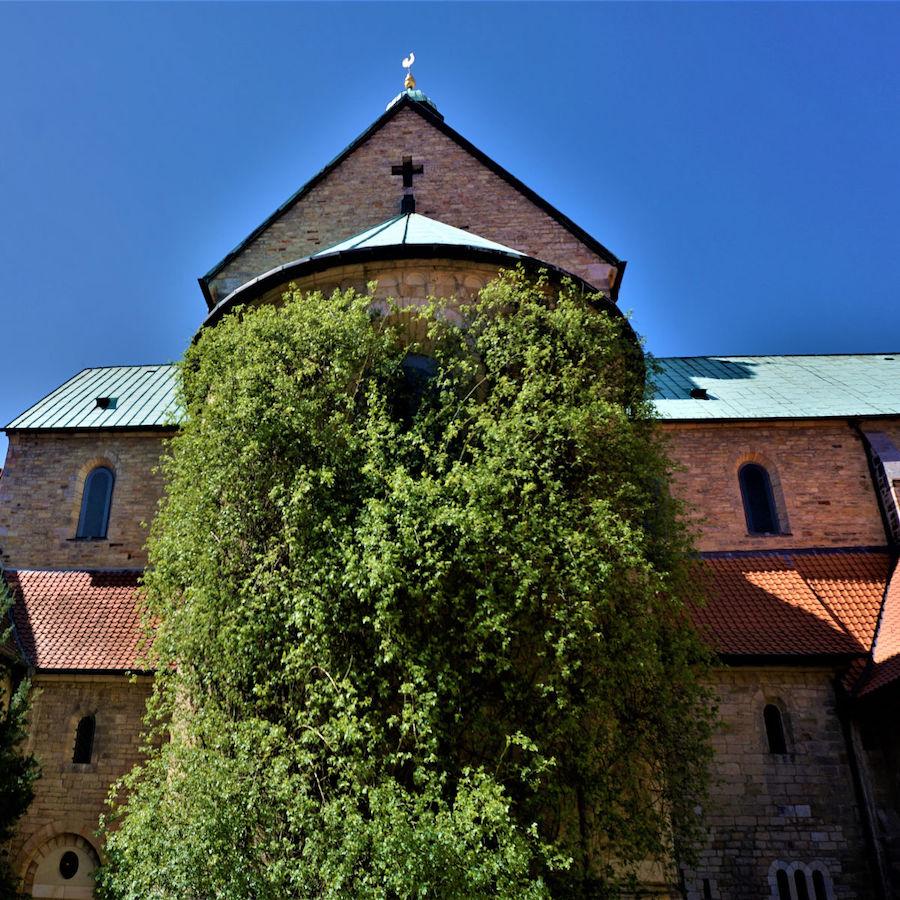
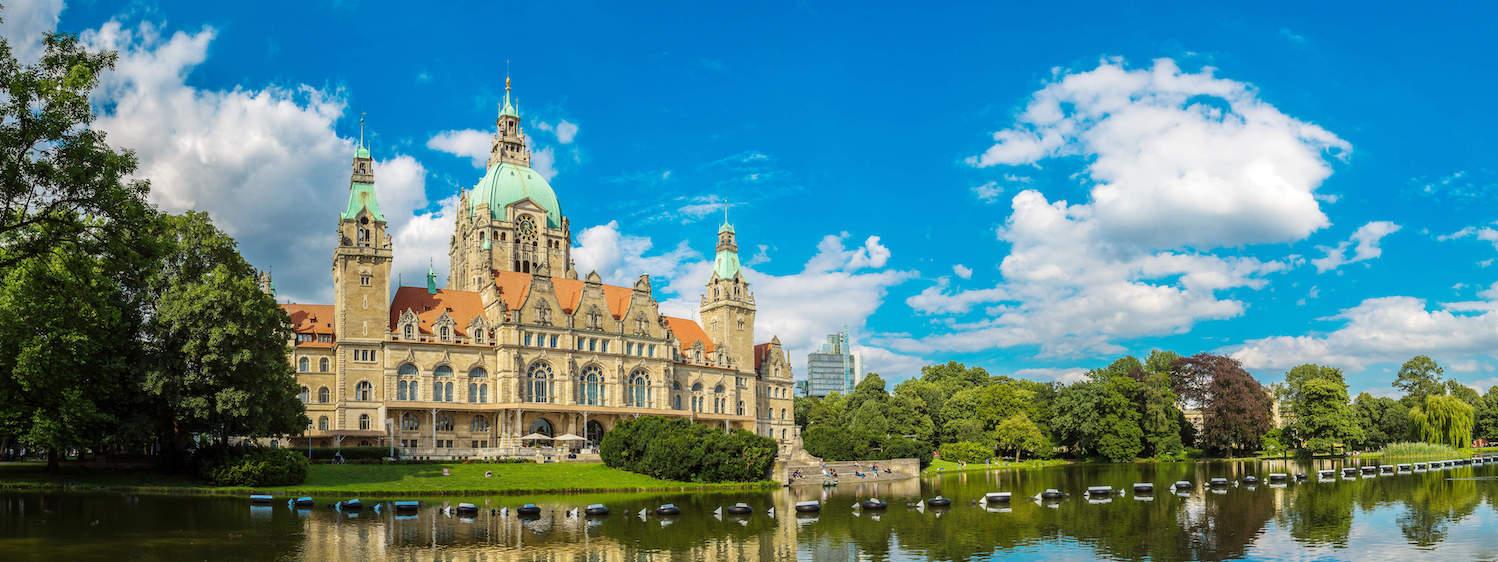
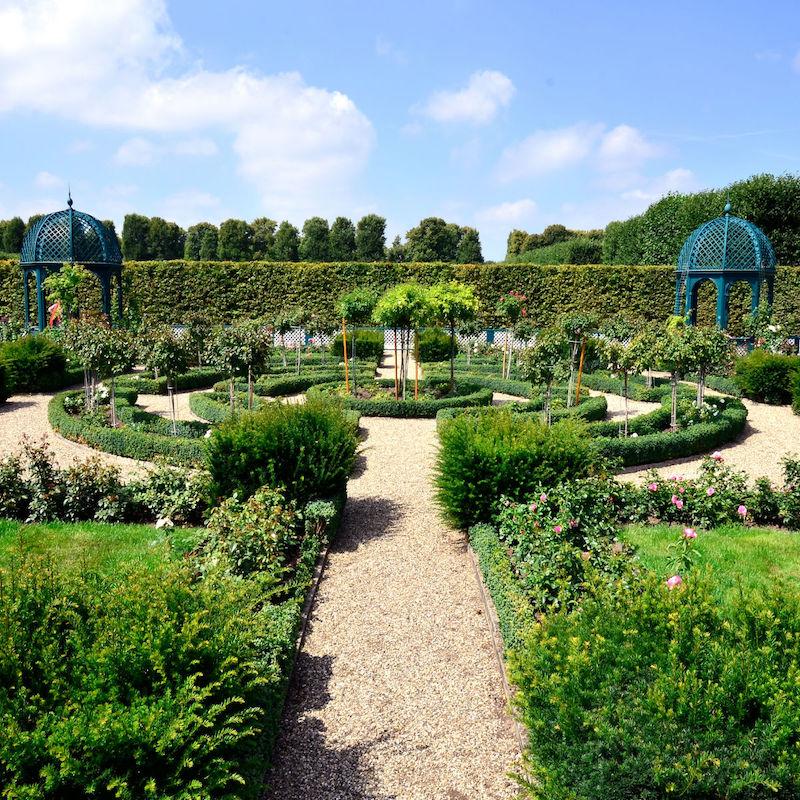
Hannover
The biggest city on our route is Hanover. This green metropolis is the capital of Lower Saxony. There is always something to do here. Hanover is known for its varied and attractive recreational possibilities. Concerts, big events, cultural activities, you can find it all here. Be sure to visit the impressive garden architecture in the Herrenhäuser Gärten. Especially in summer, the baroque garden serves as a fairytale setting for firework shows, theatres, cabaret and concerts. In the city centre, you can shop in the new Ernst-August-Galerie or in one of the attractive shopping arcades. A great tip is the impressive climb with the unique arch lift to the dome of the town hall. Also fun is the Hanover Adventure Zoo. The zoo is divided into seven fascinating themed worlds with accommodations specially designed for the animal species.
Hamelen
Hamelen is known from the fairy tale of the Pied Piper of Hamelin. The story goes that in 1284 some 130 children from Hamelen mysteriously disappeared. Legend has it that the capricious rat-catcher lured the children out of the city in revenge. This unusual figure can be found everywhere in the city. Hamelin is located in the rolling hills of the Weserbergland, some 45 km from Hanover. The city enchants with fascinating architecture, mysterious history and picturesque scenes. Architecture enthusiasts call the beautiful Old Town "a jewel of the Weser Renaissance" for good reason. Every year, from May to September, the open-air play Pied Piper and the musical Rats take place in the town centre. The rat catcher's house from 1602 bears witness to the history with its inscription of the children's exodus.
Sunny day? Then it might be fun to take a boat trip on the Weser or visit Hamelin's glassworks.


Osnabrück
We end our road trip in Osnabrück, the city of peace. Together with Münster, Osnabrück was the location for the negotiations of the Peace of Westphalia. The treaty is still one of the most famous events in the city's history and is celebrated every year to this day. Osnabrück is the only large city in the middle of the Geopark Terra.vita nature park. A walk in the hills of the nature park is a great way to end your visit. The different phases of the past 300 million years of ancient nature are clearly visible here. You can even find the footprint of a dinosaur! If that does not appeal to the imagination! In the park, there are many well-marked cycling and hiking trails where we can completely relax before returning home.

